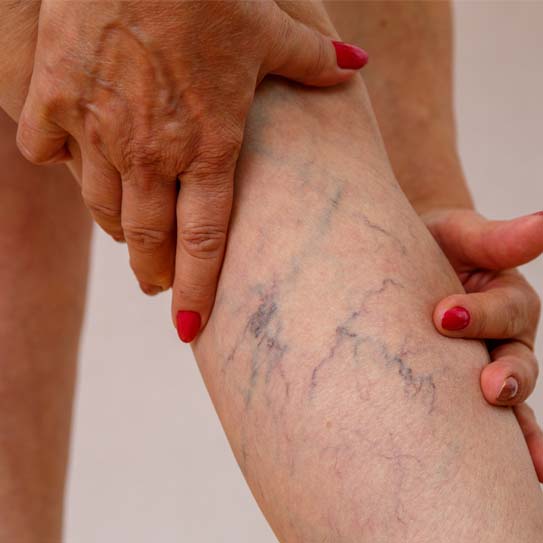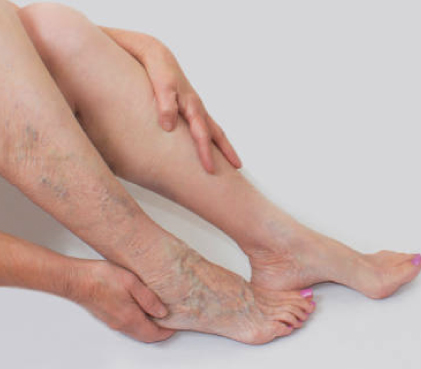
In order to evaluate the spinal problems, the doctor does a physical examination. To learn more about the problem, he or she could ask you a few questions. Typical inquiries could include:
A spine surgery requires preparation on both a physical and mental level. The doctor will likely provide the patient with all required guidance depending on the severity of the damage. However, the following information could be useful for anybody considering spine surgery.


Although the precise cause of spine surgery is unclear, back and cervical discomfort are the most frequent culprits. Numerous degenerative muscle and bone disorders might cause the discomfort. Here are a few explanations for why an orthopaedic physician could advise spine surgery:
Compared to traditional spine surgery, advanced and minimally invasive surgery is a quicker and safer surgical method. The technique lessens the potential degree of stress to the muscles and soft tissues. The following are typical advantages of minimally invasive spine surgery:

How soon after a spine surgery can I get back to my normal routine?
Following minimally invasive spine surgery, you can return to your regular activities—including bending, lifting, and twisting—within 6 to 8 weeks. However, depending on the location and severity of the ailment, some spine surgeries, such as spine fusion treatments, may require a longer recovery period.
How long does a spinal operation last?
The complexity of the procedure will determine how long it takes. However, minimally invasive spine surgery typically takes 1-2 hours to complete.
How long must I remain in the hospital following spine surgery?
Depending on the procedure you had to address a spinal injury or deformity, you might need to spend a day or two in the hospital. A minimally invasive technique is used to execute the procedure, which is quicker than traditional surgery.

Also known as endovenous laser treatment or EVLA, this is a minimally invasive ultrasound-guided procedure that involves the use of ultrasound images and laser fiber in order to kill the delicate lining of the veins. After a few days following the procedure, the body absorbs the dead tissues, closing off the abnormal veins with minimal or no discomfort. This is one of the most commonly preferred methods as it involves far fewer complications, and the recovery time, as well as the success rate of this method, is much faster and higher than that of any surgical process.

Also known as endovenous laser treatment or EVLA, this is a minimally invasive ultrasound-guided procedure that involves the use of ultrasound images and laser fiber in order to kill the delicate lining of the veins. After a few days following the procedure, the body absorbs the dead tissues, closing off the abnormal veins with minimal or no discomfort. This is one of the most commonly preferred methods as it involves far fewer complications, and the recovery time, as well as the success rate of this method, is much faster and higher than that of any surgical process.

Also known as endovenous laser treatment or EVLA, this is a minimally invasive ultrasound-guided procedure that involves the use of ultrasound images and laser fiber in order to kill the delicate lining of the veins. After a few days following the procedure, the body absorbs the dead tissues, closing off the abnormal veins with minimal or no discomfort. This is one of the most commonly preferred methods as it involves far fewer complications, and the recovery time, as well as the success rate of this method, is much faster and higher than that of any surgical process.